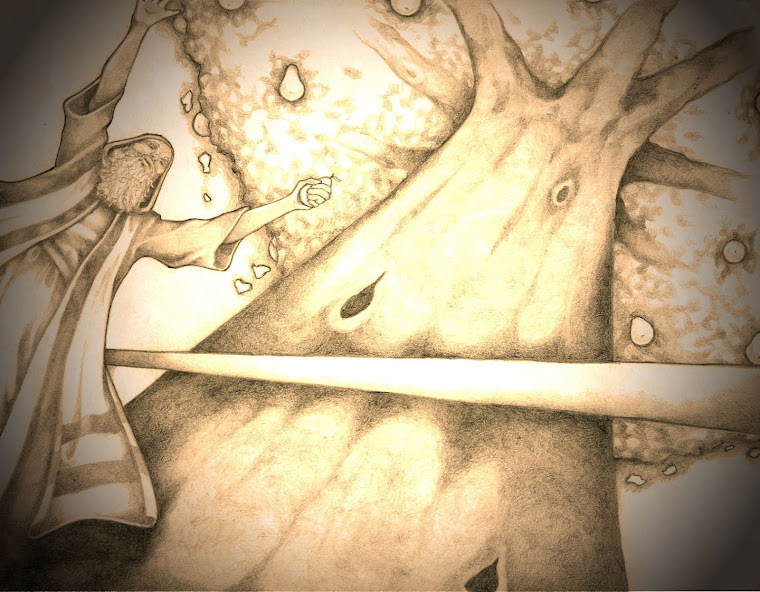 |
| Book of Abraham Facsimile 3 |
Critics of the Church of Jesus Christ of Latter-Day Saints for years have pointed out an apparent error made by Joseph Smith in his translation of the Egyptian facsimile 3 found in the Book of Abraham. There are a handful of questions with Joseph Smith's translation that are ongoing for further research but this post will be focusing on one in particular. Before I go into details on the assumed error I would like to note that facsimile 3 is probably the least researched facsimile of the three facsimiles we have in the Book of Abraham by LDS scholars and apologists. With that said there is plenty of information on the facsimile that is to be had so the question at hand relates to the Egyptian goddesses of Isis and Maat shown as figures 2 and 4 in facsimile 3.
 |
| Maat and Isis |
To even the most untrained eye's it is plain to see that the figures of the Egyptian goddesses Isis and Maat are female figures. But according to Joseph Smiths translation he states that figure 2 (Isis) is the Pharaoh and figure 4 (Maat) is the Prince of Pharaoh, both male characters. So the question is how could Joseph make such a blunder? Or is it a blunder at all?
According to Hugh Nibley's "Abraham in Egypt" page 229 he points out that the Egyptians mixed gender roles and linked humans with gods in ritual scenes, which is exactly what we have her in facsimile 3. Now in Hugh Nibley's "All the Courts a Stage: Facsimile 3, a Royal Mumming" he traces the changing gender roles to the claims of patriarchal vs. matriarchal succession stating that it was not the patriarchal line for priesthood authority that Pharaoh followed but a matriarchal line thus not holding the proper authority and also opening the door for the changing gender roles during any ceremonial rituals.
The Egyptian goddess Isis was worshipped as the ideal mother and wife. The name Isis actually means "Throne" her headdress is a throne and as a personification she represented the Pharaohs power which in itself is an interesting correlation to Joseph Smiths translation. Figure 4 Maat is said to bring order to the world and her presence in the ceremonial depiction is required for imparting of the legitimate rule along with her mother Isis. Maat means "truth" in Egyptian and also helped guide the sun god Re in his boat across the skies. It was Maat that determined the course of that boat thus assisting with the order and timing of the harvest and other seasons.
 |
| Hopi Hemis Kachina |
So now that I have briefly covered the role of the female goddesses in facsimile 3 in the Book of Abraham, I would like to revert to classic Nibley fashion and tie in a Hopi correlation. It is always interesting how the Hopi ritual practices tie into ancient near eastern practices in many different aspects. The portrayal of the Hopi Kachinas have a relevant tie in the above noted Egyptian female god scenario, but first I would like to share the purpose of the Kachina. The Hopi Kachina represents a spirit or deity, beginning with the Winter Solstice and extending to about mid-July, masked dancers initiated into the various clans of the Hopi Pueblos impersonate these spirits. Both male and female Kachinas are personified by costumed men-rarely ever women-wearing elaborate masks with headdresses, or as carved and painted dolls which are used as gifts which the Kachinas distribute to women and children along with toy bows (for boys), rattles, fruits and candy. The Kachina dolls are used to teach the children the traditional stories and represent an animal, plant or deity in spirit. There are hundreds of different Kachinas of which only a certain few are female Kachinas. These include maiden Kachinas such as corn, warrior, and butterfly maidens. The Hopi Pachavuin Mana also known as the female Hemis Kachina Mana, if masked this figure is a women. The Hemis Kachinas represents a successful harvest season of squash, beans and corn or the ability, authority or blessing to have a successful harvest. Interesting when compared to the position that Maat played in assisting Re in the suns course and harvest seasons.
So we have another culture with a similar ceremonial practice that allows the authoritative roll of a woman to be depicted by a man in a ceremonial setting. I am assuming that this may be a somewhat common practice among other cultures but just wanted to show a religious ceremonial setting that correlates well with what Joseph Smith has described in his translation of facsimile 3. I don't offer this as an answer to all issues or questions that may arise from the translation of the facsimile only as a correlation to the explanation offered by Nibley to the inquiries of figures 2and 4 on the above referenced facsimile.




